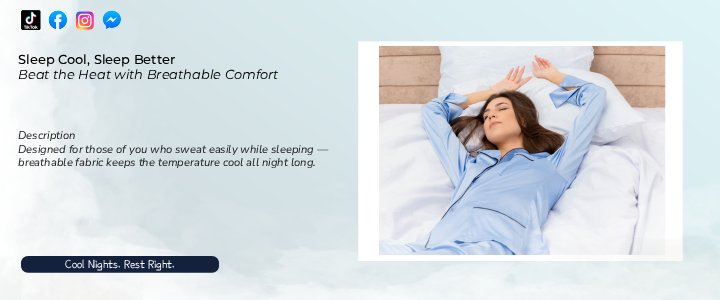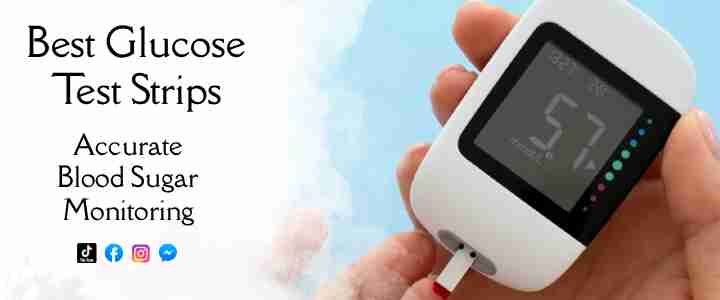Homeopathic medicine is, in fact, a safe, natural way to treat illnesses. It works by treating like with like. Homeopathy comes from the Greek words homios, which means "like" or "similar," and italios, which means "pain."
Homeopathy is about taking care of the whole person, not just the disease itself. The homeopath is going to look at the person as a whole, both psychologically and physically, taking into account the person's physical appearance, their likes and dislikes, and their temperament.
What Is Homeopathy?
People who use homoeopathy, which is not based on science, don't believe that it's good for them. Samuel Hahnemann came up with it in 1796. People who use homeopathy don't take their medicines because they don't work for any known disease, so they don't take them. A lot of people who work in the scientific and medical fields have called homeopathy "quackery" and "a scam." It doesn't work, and it hasn't been proven that it works. There are a lot of groups in both the United States and around the world that say homeopathy should not be paid for by the government.
It's a very personalized type of healing, so people who appear to have the same illness might be given advice on different medications.
Homeopathy is a well-known type of medicine. Today, a lot of the big pharmaceutical companies are actually researching and making a lot of homeopathic medicine.
Medicines That Are Made With Homeopathy
Homeopathic medicine look a lot like standard medicines and are thought of in the same way, but the way they work is very different.
The medicines aren't made from synthetic materials and are made from natural resources. There are about 60% of homeopathic remedies that are made from plant or vegetable substances. Metals, non-metals, and mineral salts are just some of the natural mineral substances that can help you get better. cuttlefish are one of the animals that make homeopathic remedies (the ink or maybe juice supplies the sepia honeybee and).
Homeopathic medicines are made by first getting the cure in its most concentrated form, and then, through a long process of dilution, making a medicine strong enough to help with treatment. The potency tells you how much water was used to make the treatment, and it is shown by the number that starts with the name of the medicine. The bigger the number, the more diluted it is (up to one part solution to one trillion components of dilutant).
Homeopathic Remedies
There are many types of homeopathic medicine, which are called remedies. They can come from the plant, mineral, or animal kingdom. Arnica montana, which comes from the Leopard's bane plant, belladonna, which comes from the lethal nightshade plant, calcium carbonate from oyster shells, sepia, which comes from cuttlefish ink, and sulphur are some of the most common medicines.
Homeopathic remedies are actually made with the same dilution ideas that Hahnemann used when he came up with them. This is the same dilution of 1:100, but one drop of the homeopathic material is added to ninety-nine drops of water and also alcohol to make it. This is called "succussion," and it involves tapping on a hard surface over and over again for a set amount of time.
Curses could be diluted up to a thousand times, leaving only a very small amount of the chemical behind, like a drop of water. In most cases, curses are diluted tens, hundreds, or even thousands of times. This results in potencies marked by the Roman numerals X, C, and M, which show how powerful they are. From 6X, which is the lowest potency, to 1M or more, which is the highest potency, homeopathic cures can help you.
Cure can be taken in the form of drops, powder, or pills, rubbed on the skin, or injected.
Learn About Homeopathic Dilutions
People who practice homeopathy call this "dynamisation" or "potentisation." In homeopathy, dilution is a process where a substance is mixed with alcohol or distilled water and then vigorously shaken. Quartz and oyster shell are ground up with lactose to make them easier to mix (trituration).
Samuel Hahnemann, the man who started homeopathy, said that the process of sucussion activated the "vital energy" of the diluted substance, and that more dilutions made the preparation more "potent." Other strands of homeopathy, like Schuessler's, disagreed with this.
A lot of people don't believe this because at the dilutions that people usually use, no molecules of the original material are likely to be left.
It's not yet known if homeopathic remedies cause any negative reactions or side effects. A "healing aggravation," on the other hand, is a short-term intensification of signs. This is seen as a good sign that the cure is working.
Based on how bad the symptoms are, a homeopath might choose an antidote that has the opposite effect of the treatment. This is called homeopathy. One of the antidotes might be another homeopathic remedy. It might also be a solid substance (like perfume, cammo, or even coffee) that can stop the effects of a treatment.
After 1938, the Food and Drug Administration (FDA) in the United States began to classify homeopathic medicine as medicines. They worked with the Homeopathic Pharmacopoeia Convention to make and improve the homeopathic medicines reference guide. The FDA has categorized homeopathic medicines as either prescription or over-the-counter based on how strong they are. This is based on how much they can help you get better.
It has been a part of the National Health Service (NHS) in the United Kingdom since 1948. There are five homeopathic clinics in the NHS right now, and there are more coming. There are homeopathic medicine that can be bought over the counter and by prescription.
Homeopathic medicines should be kept safe. Because homeopathic medicines are used in very small amounts, they are completely safe, do not become addictive, and have no negative effects. The healing properties of the cures can be released even at very high concentrations, which makes the medicine safe for both kids and babies to take, even if they are very young.
Always check with a doctor before using homeopathic remedies, and make sure they're safe and out of the reach of all kids.
Dosing guidelines have been used in places where they have been used, and no one has died as a result of taking homeopathic medicines.
Receiving Homeopathic Medicine Care
Homeopathic care is only practiced by fully qualified health care providers who understand the philosophy of homeopathic medicine as well as the patients' daily and emotional situations.
Many homeopathic medicines can be found in both normal pharmacies and health food stores. Before you try to treat a major ailment or illness with homeopathy, you need to see the homeopathic practitioner of your choice.
If you're already taking prescription medicine for a major health condition or mental state, you shouldn't stop taking it to start taking homeopathic medicine instead. Your doctor or nurse will often work with your specialist or internist to give you the best advice on how to get better.
Conclusion
The homeopathic method is a safe and natural way to treat a wide range of illnesses. In order for it to work, you have to treat like with like There are a lot of different types of homeopathic medicines out there. All kinds of things can be in them. They can come from the plant, mineral or animal kingdom. When you look at the potency, it tells you how much water was used to make it.
Curses could be diluted up to a thousand times, leaving behind only a very small amount of the chemical that makes them work. This, on the other hand, refers to signs that are getting better getting worse for a short time. This is called "healing aggravation." Seeing this is seen as a good thing because it means the cure is working.
Even at very high concentrations, homeopathic medicines can be used to help people. They are safe and don't become addictive, and there are no bad side effects to taking them. When you use homeopathic remedies, make sure they're safe and out of the reach of all kids. You should always check with your doctor first.



